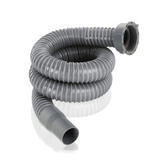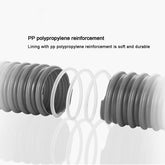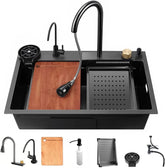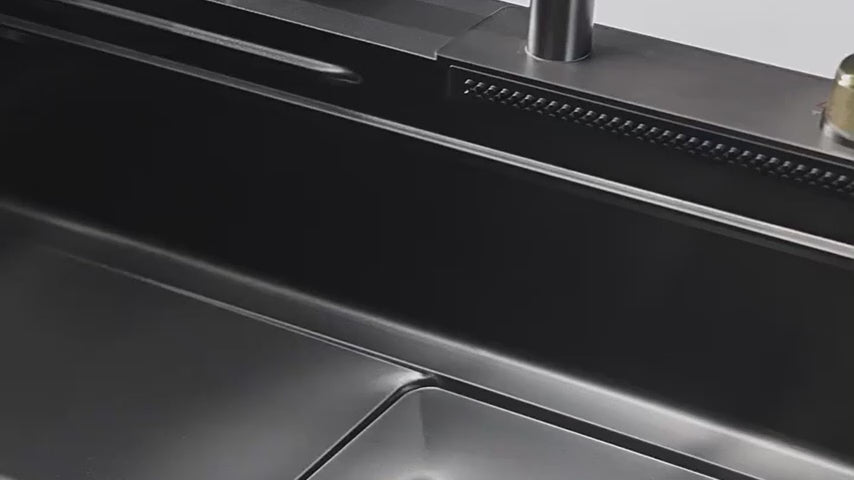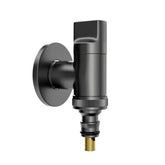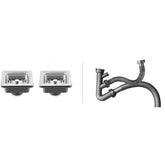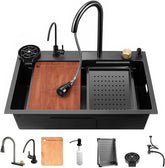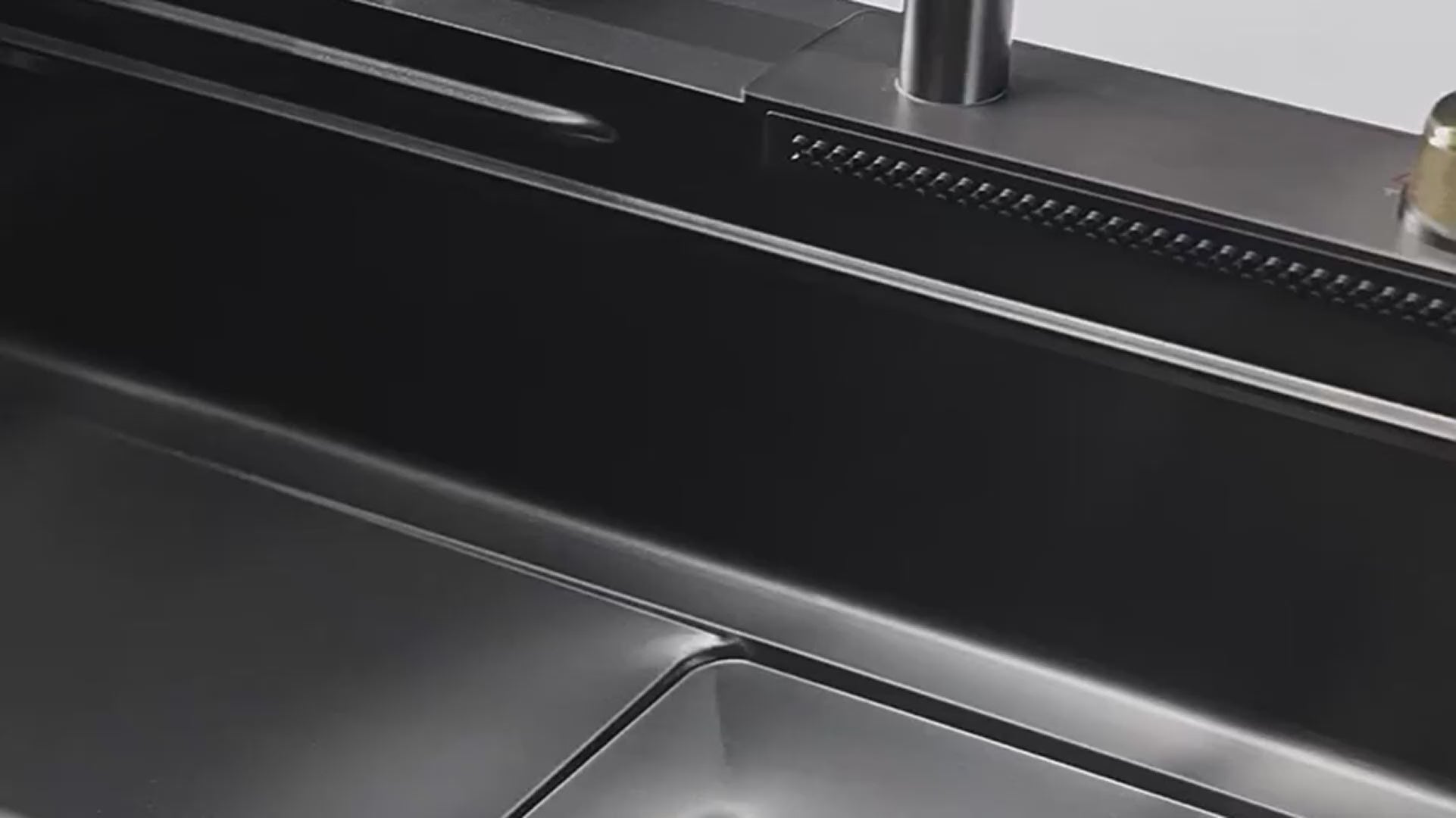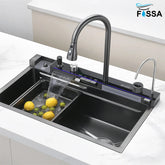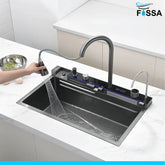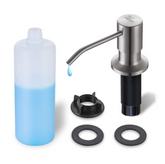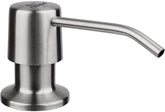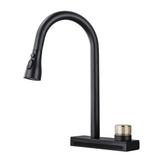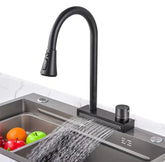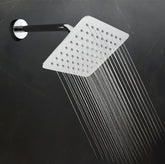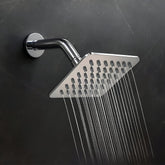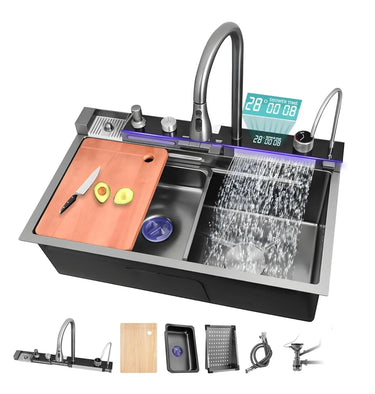Why You Should Avoid Using Steel Wool to Clean a Steel Kitchen Sink
When it comes to keeping your kitchen sparkling clean, you might reach for whatever scrubbing tool gets the job done quickly, especially when you’re dealing with stubborn stains or stuck-on grime. If you have a steel kitchen sink, however, reaching for steel wool is a mistake you’ll want to avoid. Here’s why, and what you should use instead.
The Risks of Using Steel Wool on Stainless Steel Sinks
-
Scratching the Surface
Steel wool is made of very fine, abrasive strands of steel. While effective on some surfaces, these fibres are too harsh for most steel sinks. Even though your sink may be made from durable stainless steel, steel wool can cause scratches that ruin its smooth finish. Over time, these scratches accumulate, making your sink look dull and worn. -
Rust and Corrosion
Perhaps even more important: steel wool can leave behind tiny steel particles that become embedded in the sink’s surface. These remnants are not stainless and will rapidly rust when exposed to water. The corrosion can then spread, leading to unsightly, difficult-to-remove rust spots on your otherwise rust-resistant sink. -
Hygiene Concerns
Steel wool fragments that break off during cleaning can trap moisture and food particles, creating a perfect breeding ground for bacteria. This not only affects the cleanliness of your sink but can also transfer bacteria to your dishes and utensils.
Better Alternatives for Cleaning Your Steel Sink
Instead of steel wool, opt for these gentler, more effective cleaning tools and products:
-
Non-abrasive sponges or microfiber cloths will clean without scratching.
-
Baking soda is a mild abrasive that lifts stains safely.
-
For disinfecting and shining, use vinegar or a cleaner specifically designed for stainless steel.
-
For tough grime or water spots, a paste of baking soda and water applied with a soft cloth does the trick.
The Long-Term Effects of Using Steel Wool on Your Steel Sink
If you've ever used steel wool to tackle stubborn stains in your steel kitchen sink, you might notice some immediate cleaning power. However, repeated use can lead to lasting negative consequences that could shorten the lifespan of your sink and make cleaning even harder in the future.
What Happens Over Time?
-
Cumulative Damage
Each use of steel wool adds more micro-scratches to your sink’s surface. These tiny grooves not only dull the shine but also make it easier for grime, minerals, and bacteria to collect, leading to stains and unsanitary conditions. -
Persistent Rust Spots
The steel particles left behind don’t simply rinse away. They often become embedded deep within the scratches, slowly oxidising and creating stubborn rust spots that seem to “come back” no matter how many times you clean them. -
Aged Appearance
The combined effect of scratches and dullness will age your sink prematurely. Even a high-end stainless steel sink can start to look tired and neglected if cleaned frequently with steel wool.
A Better Habit: Prevent and Protect
-
Wipe up spills and food debris promptly with a soft cloth.
-
Rinse and dry after each use to avoid water spots and mineral buildup.
-
Use gentle, non-abrasive cleaning methods for lasting shine and hygiene.
By breaking the steel wool habit and switching to more gentle cleaning options, you’ll keep your steel kitchen sink looking newer, brighter, and more welcoming for years to come.
Final Tips
-
Always rinse your sink thoroughly after cleaning.
-
Dry it with a towel to prevent water spots and keep it gleaming.
-
Regular, gentle cleaning preserves both the look and the hygiene of your steel kitchen sink.
Conclusion: Avoid steel wool and choose sink-friendly alternatives to keep your kitchen both beautiful and hygienic. Your sink will thank you with a long-lasting shine!

